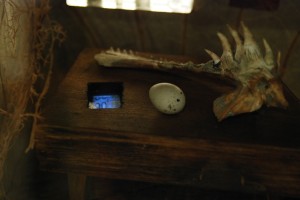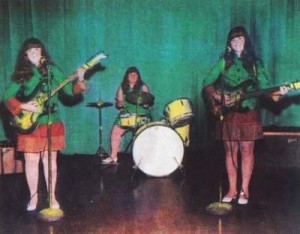A passage from “Thinking in the Rain,” Susan Orlean’s 2007 New Yorker profile of Steve Hollinger, a sculptor of found and often unusual materials:
“One day last year, Hollinger walked around his neighborhood carrying another one of his surprises. The neighborhood is Fort Point Channel, a cluster of decommissioned factory buildings in downtown Boston which now house hundreds of artists, so it is commonplace to see residents kitted out in attire not sold at Talbots, carrying objects that appear extraterrestrial. Even so, Hollinger attracted attention. He had spent the previous month mostly locked in his apartment, furiously teaching himself the principles of aerodynamics, the physics of hydrology, and the basics of how to operate a Singer sewing machine, and he was at last testing what he had been working on — a reimagined, reinvented umbrella, with gutters and airfoils and the elegant drift of a bird’s wing. ‘I knew I was on to something,’ he says now. ‘I was hardly outside for five minutes before someone stopped me and said, ‘Where can I get one of those?’
Hollinger is not, per se, an umbrella man; he is a sculptor who makes assemblages out of found materials. They are often kinetic and frequently reference other media: a solar-powered flip-book movie of Hollinger doing a war dance, which you view through a prism in a large cement block, or perhaps a series of photo emulsions peeled off Polaroids showing trees being immolated in a nuclear test in the nineteen-sixties, or twenty-five atom-shaped spheres made of photo-sensitive tape, suspended between sheets of plate glass and a frame of barn wood. His sculpture has been displayed widely and is well respected, but it is his work as an inventor that pays most of his bills. He grew up in suburban Connecticut, but both his parents are artists, and bohemian enough to have found his unusual interests — breaking thermometers in order to add to his collection of mercury, for instance — the sign of a lively mind. He went on to study computer programming at SUNY Albany. When he graduated, in 1984, he worked first at Telex, a computer company in North Carolina, and then at Wang Laboratories, in Massachusetts, developing imaging-technology software. In 1989, he decided to become an inventor.”
••••••••••
A Hollinger solar-powered mixed-media work:



